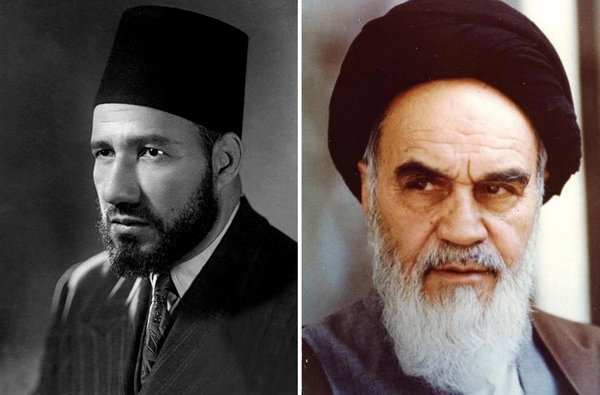Hatred! Who wants to face it?
Abdulrahman al-Rashed/Al Arabiya/February 26/16
Facing the growing hatred against Arabs and Muslims around the world is a very difficult task, especially for those already powerless. No government or party considers tackling this issue directly despite the damage that is being inflicted on Arabs and Muslims, including governments and groups.
They do not take up the challenge because they follow multiple governments or are in a situation that may not allow them to do so. So is the case with the non-governmental organizations that do not engage in tasks of awareness projects and confront racism. The problem is similar to those who are of African origin and are Latinos and Hispanics are facing in the United States. Some NGOs might be striving to defend their cases and rights and encourage greater attention to the legal political work to serve their communities, and express their needs. However, these organizations’ efforts were in vain. As for Jews in the West, and specifically in the United States, they are not in large numbers, and at the same time, their awareness regarding the importance of teamwork is really advanced.
Israel considers itself a partner that is responsible for defending their rights, and vice-versa, some of them are indeed defending Israel’s needs.
Despite the growing campaign against Arabs and Muslims, only few individuals work with limited and provisional legal support to confront the media and aren’t in a position to deal with it on a bigger scale. The situation may become more difficult due to the presence of associations and centers, especially Islamic ones that are engaged in such efforts. Organizations such as the Muslim Brotherhood are not only seen with suspicion in the West but are also rejected by a number of Islamic governments.
The feeling of hatred against Arabs and Muslims arises from the acts of terrorist organizations, such as al-Qaeda and ISIS. It is the outcome of a long series of acts attributed to Arabs and Muslims who believe in extremist ideology and express their positions through the media and social networking websites. On the other hand, there are hardly institutions that react to organizations and individuals who promote hate speech against Arabs and Muslims.
Who are the victims?
Due to the lack of political and general awareness, it is common for verbal confrontation and intellectual debate to widen between extremists from both sides. The victim of this divide are peaceful Arabs and Muslims who believe in coexistence and respect. The resulting damage is not just distortion of image or mere public insults; the greater damage inflicts the governments and individuals, which impact tourism, hampers exports and harm relations.
We can see how violence is increasing in Europe and the United States. I do not know much about the size of the damage done to the Arab and Muslim image and reputation in countries such as South Korea, China, Japan, and South America. But I can imagine that the situation is similar because the problem is still prevalent and the wide reach of social networking means it can reach almost each and every household. This is the problem and solving it wouldn’t be easy unless specific initiatives are taken by governments and institutions to work on improving the Arab and Muslim reputation abroad.
This also includes Arabs and Muslims in Western countries who can play a positive role in enhancing bilateral and multilateral relations on mutual issues and grounds. Work can be focused first on the Arabs and Muslims living in Europe, then on those living in the United States and the rest of the countries. Efforts will have to be made to raise their awareness regarding the importance of co-existence and respect for different cultures and to cooperate with them in order to end extremism. Then, the focus can shift toward spreading the true image of Islam that gave birth to a wonderful ancient civilization known for its tolerant ideology, diverse cultures, architecture, arts and sciences.
The fallacy, hype and oversimplification of Iran elections
Dr. Majid Rafizadeh/Al Arabiya/February 26/16






















